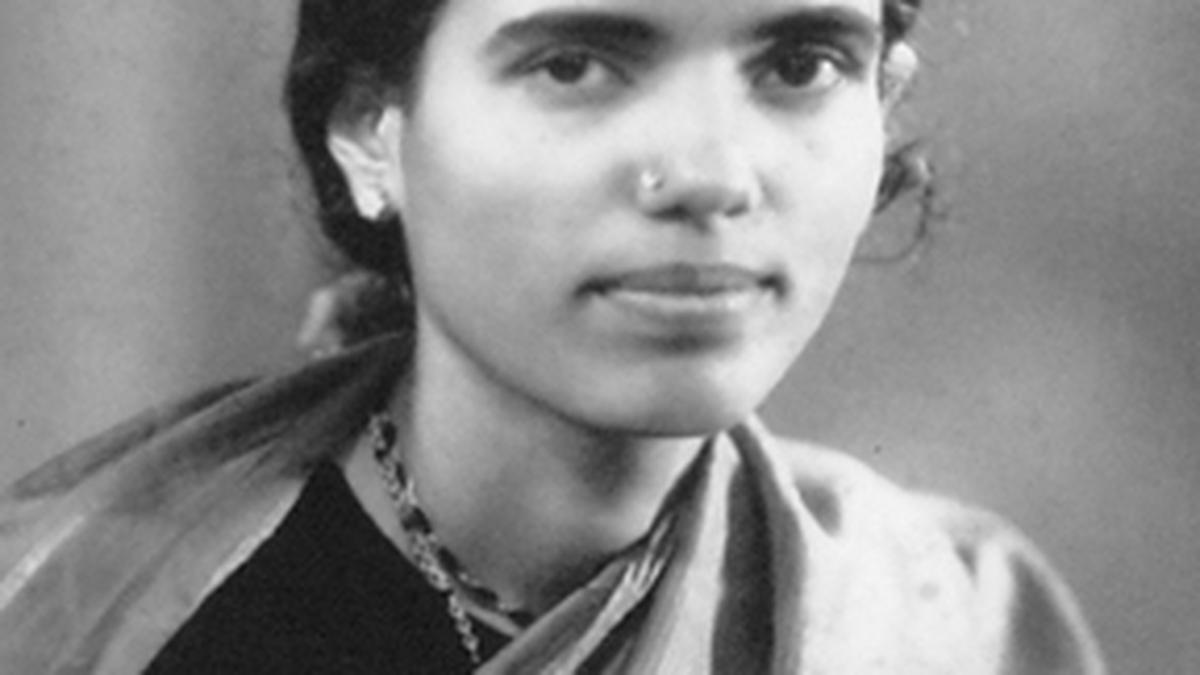At a time when society stood in the way of women’s education, a determined girl born in Madras broke barriers in the 1930s and earned a remarkable reputation as a historian, though she lived only for 34 years. C. Minakshi, whose 120th birth anniversary passed on September 12, became the first woman to receive a doctorate from the University of Madras in 1936. She established herself as a leading authority on Pallava history and produced work remarkable for its depth and breadth.
The archival reports in The Hindu throw light on Minakshi’s determination and contribution to history. A report published on August 15, 2010, quoted William Willets, a well-known scholar of Asian art, as saying in 1962: “She was personally the greatest woman scholar that India has yet produced.” Had she lived longer, Minakshi would have stood alongside her teacher K.A. Nilakanta Sastri, the doyen of South Indian history.
Persistent struggle
Minakshi’s path to scholarship involved a persistent struggle. Her early life included its share of hardship. Cadambi Balakrishnan, her father, worked as a bench clerk in the Madras High Court but died when Minakshi was very young. Her mother, Mangammal, managed the family’s agricultural income and savings with remarkable resolve. As The Hindu reported in 2010, her two elder brothers began working early to ensure that their sister could continue her education.
After completing B.A. at Women’s Christian College in 1929, she sought admission to M.A. History at Madras Christian College. Her eldest brother, C. Lakshminarayanan, then a professor at the college, personally assured the administration that he would take responsibility for her, opening the door for her to join the History Department. She then joined the University of Madras and completed her doctoral degree in 1936, becoming the first woman to do so from the prestigious institution.
The University of Madras published her doctoral thesis, The Administration and Social Life under the Pallavas, in 1939 as part of a history series edited by Nilakanta Sastri. A review in The Hindu at the time described it as “the eminently successful piece of research and one of the best of a valuable series”. Minakshi produced an astonishing scholarly output in her brief career. In just four years as a professional historian, she published over 30 articles and four books, three of which appeared posthumously. In 1939, the Archaeological Survey of India commissioned her to study the sculptures at the Vaikuntaperumal Temple in Kancheepuram. This work, released posthumously, remains an authoritative reference on Pallava art.
She also expressed her intellectual curiosity in debates with peers. An archival report in The Hindu recalls her spirited exchanges with Jouveau-Dubreuil, a noted French archaeologist, on the origins of the Kailasanathar Temple in Kancheepuram.
Minakshi’s voice went beyond history. In 1939, writing in the Tamil magazine Kalaimagal, she reflected on the constraints placed on women: “While men are encouraged to move freely, women are always questioned. But for physical strength, men are not stronger than women in any respect. Whenever women come forward to pursue studies or career, they are discouraged.”
Despite her impressive credentials, she faced challenges in securing employment. She even applied for the post of Station Director at All India Radio, Tiruchi, but did not succeed. Undeterred, Minakshi distributed copies of her book widely, reaching out to friends, colleagues, and political leaders. Among those who acknowledged her work was C. Rajagopalachari, then Chief Minister of the Madras Presidency.
A job offer from Bengaluru
Mirza Ismail, the Dewan of Mysore, offered her a position as Assistant Professor at Maharani College in Bangalore. By August 1939, she and her mother had moved to Bengaluru, where her career seemed poised to find a steady ground. But fate struck cruelly. Within months, she fell ill, and on March 3, 1940, she passed away at Nungambakkam.
“It is cruel that she died young. Whenever I think about it, pain engulfs me,” wrote her mentor Nilakanta Sastri in a letter to her mother in 1941. Her untimely death deprived Indian historiography of one of its most promising minds. Yet, her work continues to serve as a definitive guide on Pallavas.
Published – October 10, 2025 06:30 am IST
